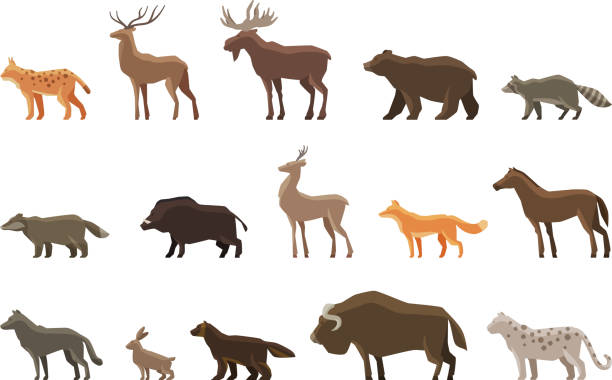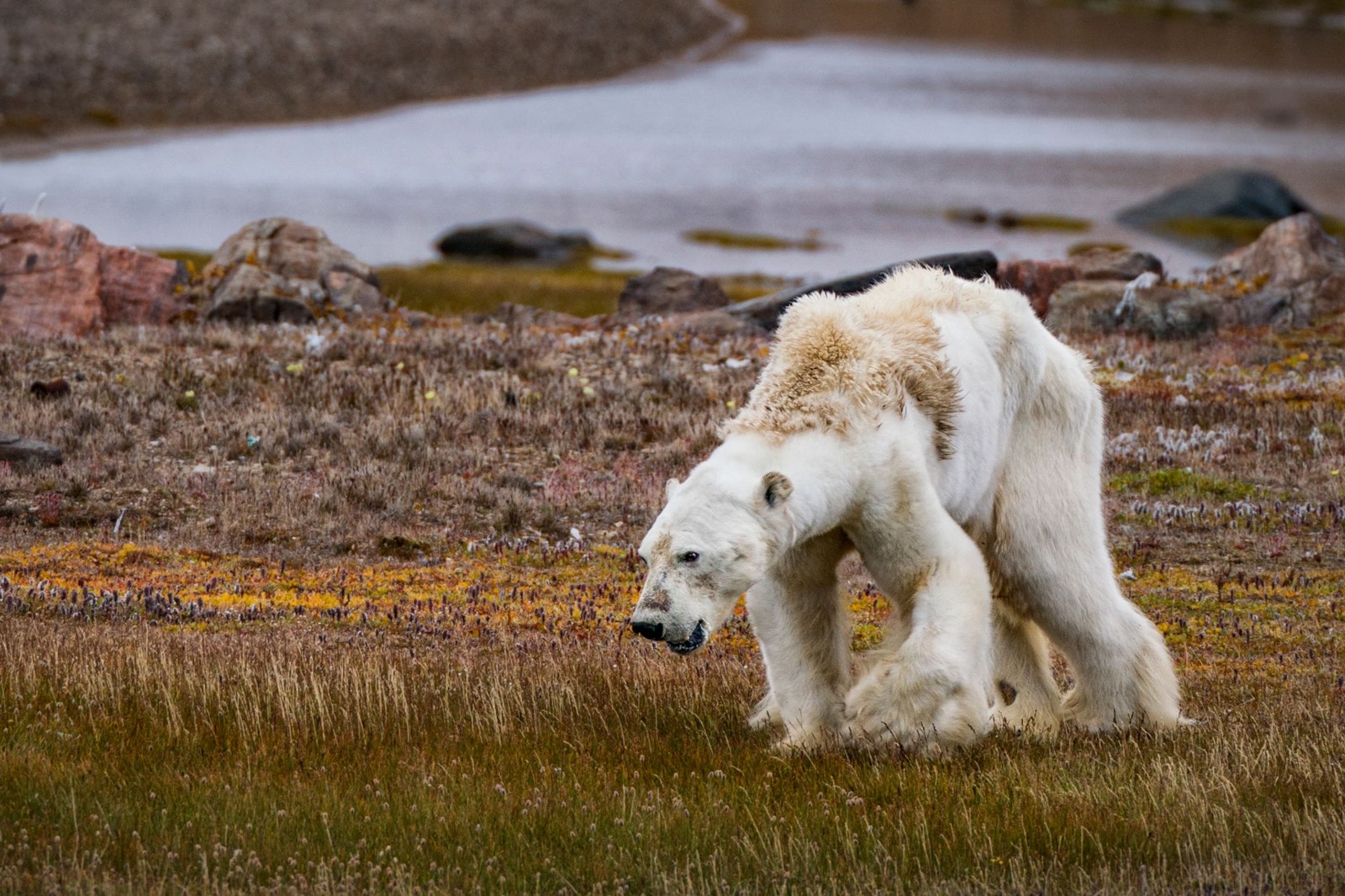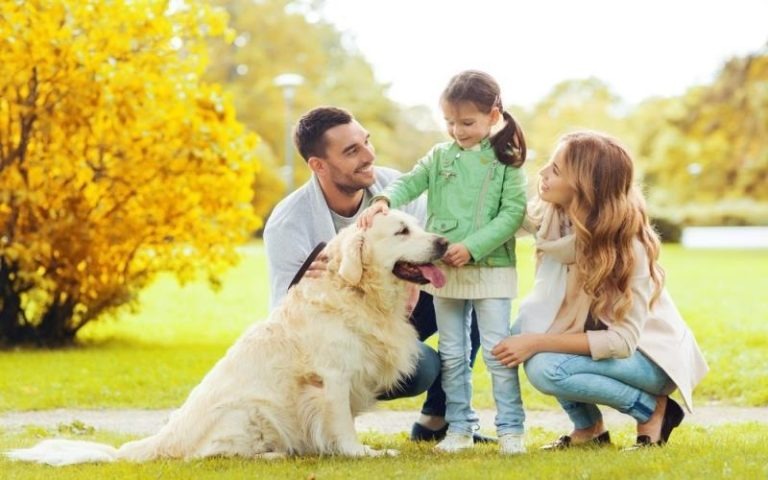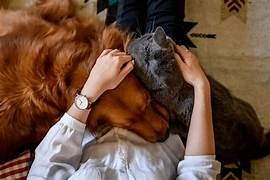
The Wild Ancestors of Modern Pets—Where Do They Really Come From?
From fierce wolves to wild cats, explore the fascinating origins of your furry friends. Discover how domestication shaped today’s beloved pets and the untold history behind their wild ancestors.
🐶 Pet Star
22 min read · 2, Feb 2025

A Journey Back in Time: Tracing the Origins of Our Pets
We all love our pets—whether it’s a loyal dog, an independent cat, or even a playful hamster. But have you ever wondered where they truly come from? What were the wild creatures that roamed the earth millions of years ago, and how did they become the cuddly companions we cherish today?
The history of our pets is a captivating tale of domestication, survival, and change. From the wild ancestors of dogs and cats to the less-known beginnings of other popular pets, the journey of domestication is far more complex and fascinating than many of us realize. Let’s embark on a journey back in time to discover where our modern pets really come from, and the wild animals they once were.
The Wolf: The Loyal Ancestor of All Dogs
It’s no secret that dogs are descended from wolves, but what’s truly astonishing is how these wild predators were transformed into the loving companions we know today. Thousands of years ago, wolves roamed the forests, plains, and tundras. But how did they become the domesticated dogs we adore?
Scientists believe that the process of domestication began around 15,000 to 40,000 years ago, when humans and wolves began to form a mutual relationship. Early humans likely started by providing food scraps to wolves, and in return, the wolves helped them with hunting and protection. Over generations, wolves that were less aggressive and more tolerant of humans thrived, leading to a gradual shift toward domestication. These early dogs, still closely related to their wild ancestors, became more sociable and less fearful of humans.
Through selective breeding, dogs evolved into the incredible variety of breeds we see today, each with its own unique traits, from the playful Golden Retriever to the dignified Greyhound. Despite their domestication, the bond between humans and dogs remains rooted in the same connection that began so many millennia ago, with wolves and humans sharing a space in the world.
The Wildcat: A Fierce Hunter Turned House Cat
While dogs have an illustrious lineage tied to the wolf, cats take a different route, with their ancestors linked to wildcats. Unlike dogs, cats domesticated themselves over time, a process that occurred around 9,000 years ago in the Near East.
The wildcat, specifically the African wildcat (Felis silvestris lybica), is the primary ancestor of the modern domestic cat. Unlike the dog’s long process of active domestication, cats likely saw humans as a source of food—particularly in agricultural societies where grain storage attracted rodents. Wildcats, naturally skilled hunters, began to frequent human settlements to catch the vermin.
Humans, in turn, benefited from the cats’ pest control. Over time, wildcats became less fearful of humans and more tolerant of their presence. This mutual relationship led to the eventual domestication of the wildcat, resulting in the affectionate and independent creatures we now know as house cats. Despite their domestication, cats have retained much of their wild instincts, making them agile hunters, territorial creatures, and occasionally aloof.
The Rabbit: From Wild Cottontails to Adorable Pets
Rabbits, often seen as cuddly and docile pets today, have a fascinating wild ancestry. The domestic rabbit (Oryctolagus cuniculus) is descended from the European wild rabbit, which lives in burrows and has a highly social structure.
Rabbits were first domesticated in the 5th century by European monks. The monks kept rabbits as a source of food, but over time, they began to selectively breed them for their docile nature and ability to thrive in captivity. What began as a practical endeavor soon evolved into the widespread keeping of rabbits as pets, prized for their gentle personalities and affectionate nature.
Interestingly, wild rabbits are known for being skittish and cautious, traits that were gradually bred out of domestic rabbits to create the gentle and social creatures we see today. Despite this, domestic rabbits still retain some of their wild instincts, like their tendency to burrow and their strong desire for companionship.
The Guinea Pig: From the Andes to Your Living Room
Guinea pigs are another beloved pet with a fascinating history. Unlike many domesticated animals, guinea pigs are native to South America. The wild ancestor of the guinea pig is the Cavia aperea, a small rodent that still roams the Andes mountains in South America today.
Domestication began around 3,000 years ago when indigenous peoples in the Andes began to breed guinea pigs for food. However, over time, they also kept guinea pigs as companion animals. The domesticated guinea pig was first introduced to Europe in the 16th century, where it quickly became a popular pet due to its small size, easy care, and social nature.
Though guinea pigs have been domesticated for thousands of years, they still retain their instinctual behaviors, such as their social structure and vocal communication. These little creatures are known for their chirps, squeaks, and purring sounds, which they use to communicate with each other and with their human companions.
The Parrot: A Colorful Wild Ancestor
Parrots are among the most colorful and intelligent pets, and their wild ancestors are equally remarkable. The majority of pet parrots today are descendants of tropical and subtropical birds, with the most common species being the budgerigar, Amazon parrots, and cockatoos.
Wild parrots, such as the large macaws of South America and the smaller budgerigars of Australia, are highly social, intelligent creatures that live in large flocks. Their wild habitats are typically dense forests, where they rely on their exceptional vocal abilities and social structures to communicate with their flock mates.
Parrots were first domesticated in ancient civilizations, with evidence suggesting that Egyptians and Romans kept these birds as companions as far back as 4,000 years ago. Parrots' ability to mimic sounds and words has made them particularly prized as pets. Though domesticated, many parrots retain their wild behaviors, such as flocking, vocalizing, and even the occasional need for independence.
Conclusion: The Remarkable Evolution of Our Pets
The domestication of pets is a story that spans thousands of years and is rich with fascinating history. From wolves to wildcats, rabbits to guinea pigs, and even colorful parrots, all of these creatures were once wild animals that roamed the earth. Through careful breeding and mutual relationships with humans, they evolved into the beloved pets we know today.
The process of domestication is a testament to the bond between humans and animals. While pets have changed in many ways, they still carry remnants of their wild ancestors. Understanding where our pets come from not only deepens our appreciation for them but also reminds us of the remarkable journey they’ve taken to become our loyal companions.
Q&A: The Origins and History of Our Pets
Q: How did dogs evolve from wolves into the pets we know today?
A: Dogs were domesticated by humans around 15,000 to 40,000 years ago. Through mutual relationships with humans, wolves that were less aggressive and more tolerant of people gradually evolved into domesticated dogs.
Q: Why did cats domesticate themselves rather than being actively bred by humans?
A: Cats domesticated themselves as they were drawn to human settlements where food (specifically rodents) was abundant. Over time, wildcats became more tolerant of humans, leading to domestication.
Q: When did rabbits first become domesticated?
A: Rabbits were first domesticated by European monks around the 5th century for food, but they were later bred for their gentle nature, eventually becoming common pets.
Q: What makes guinea pigs unique among domesticated pets?
A: Guinea pigs are native to South America and were domesticated by indigenous people for food over 3,000 years ago. They are highly social animals that communicate with a variety of vocalizations.
Q: Why are parrots such intelligent pets?
A: Parrots are highly intelligent due to their complex social structures in the wild, where they communicate with other members of their flock. Their ability to mimic sounds and words is a key survival trait.
Similar Articles
Find more relatable content in similar Articles

How Climate Change Affects Wild and Domestic Animals...
Climate change is dramatically.. Read More

How Pets Strengthen Family Bonds...
Pets are more than just compan.. Read More

The Growing Trend of Therapy and Emotional Support Ani..
Exploring the remarkable rise .. Read More

Pets and Mental Health: The Science Behind Emotional H..
Discover the profound impact o.. Read More
Explore Other Categories
© 2024 Copyrights by rPets. All Rights Reserved.